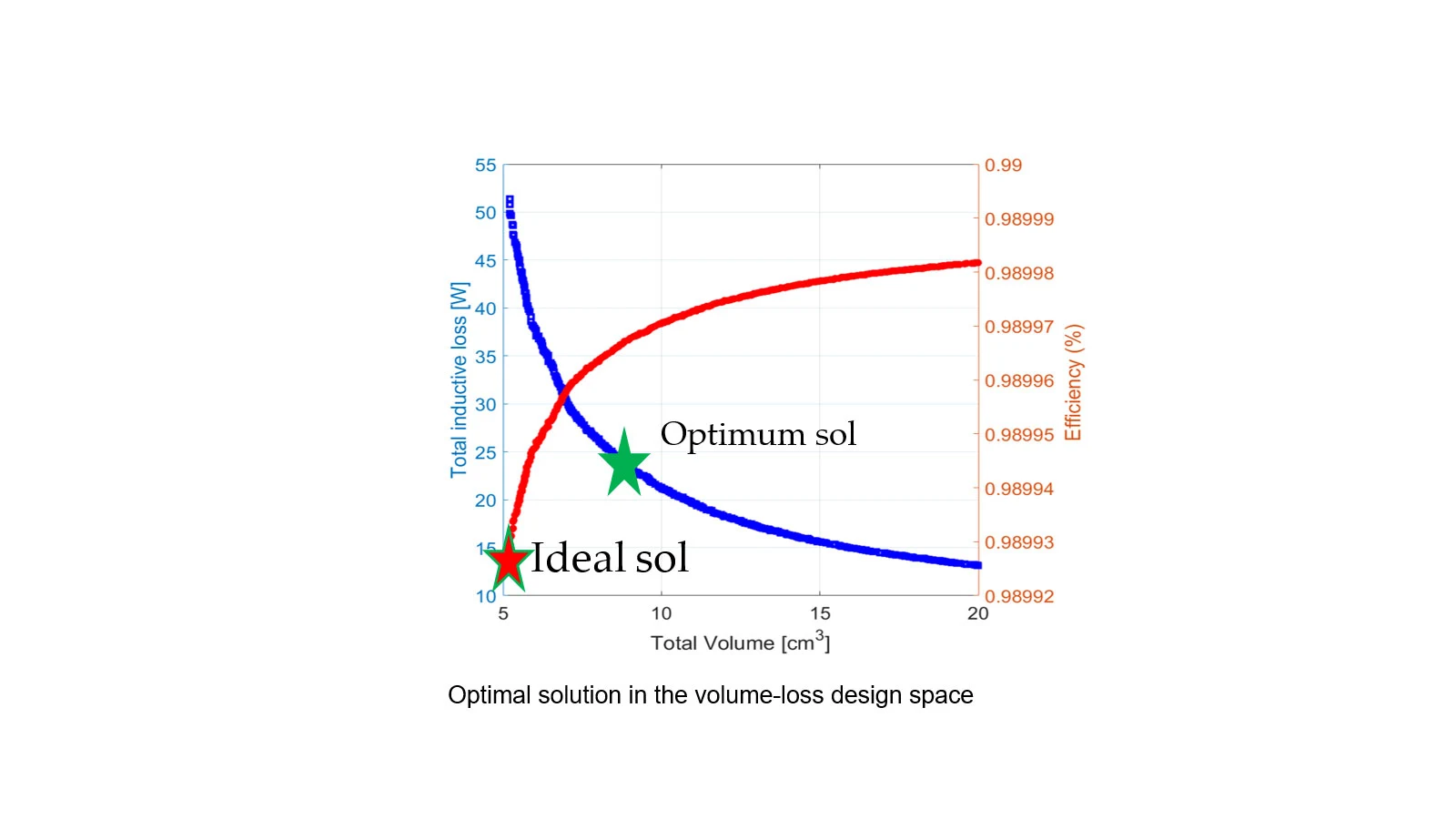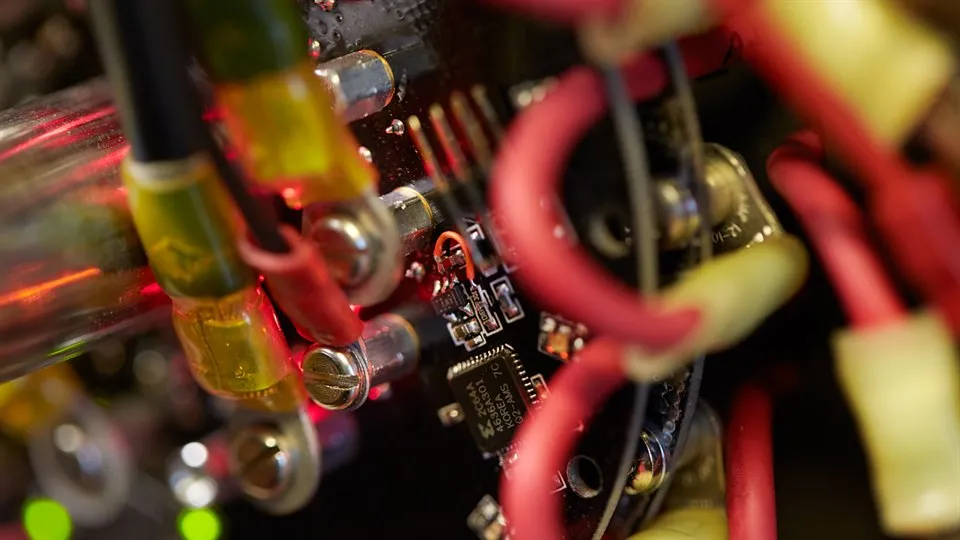MDOBC
This project aims at optimizing the power density and the cost of the magnetic devices of a 22 kW bidirectional on-board charger to meet the FFI road-map targets and the USA-drive road-map requirements.
Without doubt, the coming decades will be the era of the electric vehicle (EV). Nowadays, the automotive market is witnessing a rapid pace to replace the petrol car with the electric one. This radical change will consequently have a significant impact on the sustainable development in the world and on the zero net emission objective. According to recent data, there are currently more than 2% electric cars running today of the total operating cars while the Worldwide target is to increase this number up to 35% by 2040.
EVs have several advantages over the fossil-fuel cars such as cleaner energy, lower or zero CO2 emissions; however, they have not reached the performance of the fossil-fuel car in terms of driving range, size and cost, yet. In order to increase the penetration of the EV into the market, the FFI road map set two main targets to focus on. These targets are primarily about the reduction of cost and the increase of power density of the full electrical propulsion system. In addition to that, it is recommended to increase the system peak power to a high level in order to increase the driving range. There are two different types of EV: the battery electric vehicle (BEV) and the plug-in hybrid electric vehicle (PHEV).Though the architectures of the electrical system of both types are different, they share some sub-systems like the On-board charger, which is a common, and an essential component in any EV. Presently, the cost of a single on-board charger can reach 2000$. This cost, however, influences both fields: the economic as well as the job market. This makes of it an important factor. Hence, its production chain requires the contribution of highly- skilled engineers and researchers. Additionally, the OBC will have a major role in the energy saving which could be synthesized from the energy consumed by the EV and the part of its energy that will be converted by the OBC. For instance, the potential target in 2025 is to increase the peak power of the EV to 100 kW and the OBC power capability to 22 kW. Hence, one-fifth of the global consumed energy by the EV will be converted through the OBC saving 1% of that energy will have a significant impact on the reduction of CO2 emissions. The main role of the OBC consists in converting the AC power into DC power to charge the high voltage batteries. From energy flow capability, the OBC can be unidirectional or bidirectional. However, each of these types has its own pros and cons, and it is expected that all on-board chargers are to be of bidirectional type in the near future and that is thanks to the different functionalities it offers such as vehicle-to-grid (V2G), vehicle-to-load (V2L) and vehicle-to-home (V2H). These functionalities are highly recommended features for the smart grid application.
Magnetic devices are essential and critical components in the OBC circuits. In a typical OBC, the magnetic devices have more than 40% of the total volume and their losses can vary from 30% to 60%. Building on our experience, it is possible to attain the 1% energy saving by realizing a good design of the inductive components only.
This project aims at optimizing the power density and the cost of the magnetic devices of a 22 kW bidirectional on-board charger to meet the FFI road-map targets and the USA-drive road-map requirements. The optimization will be performed using advanced optimization methods based on Genetic Algorithms and Pareto font concept.
The principal outcomes of this pre-study are: (1) to develop an optimization algorithm using GAs and Pareto front concept in order to help the researchers to make the best compromise and trade-off between the power density and the cost of the magnetic devices while satisfying the FFI road-map requirements and to reduce the cost and time of the design. (2) To reduce the cost and increase the power density of the on-board charger by optimizing the magnetic devices.
Approach
- New magnetic based on unbalanced flux distribution

2. Multi-objective optimization using GAs and Pareto front concept

Facts
Project period
211001-220630
Partners
Research centers
Subjects
Research groups
Project leader


